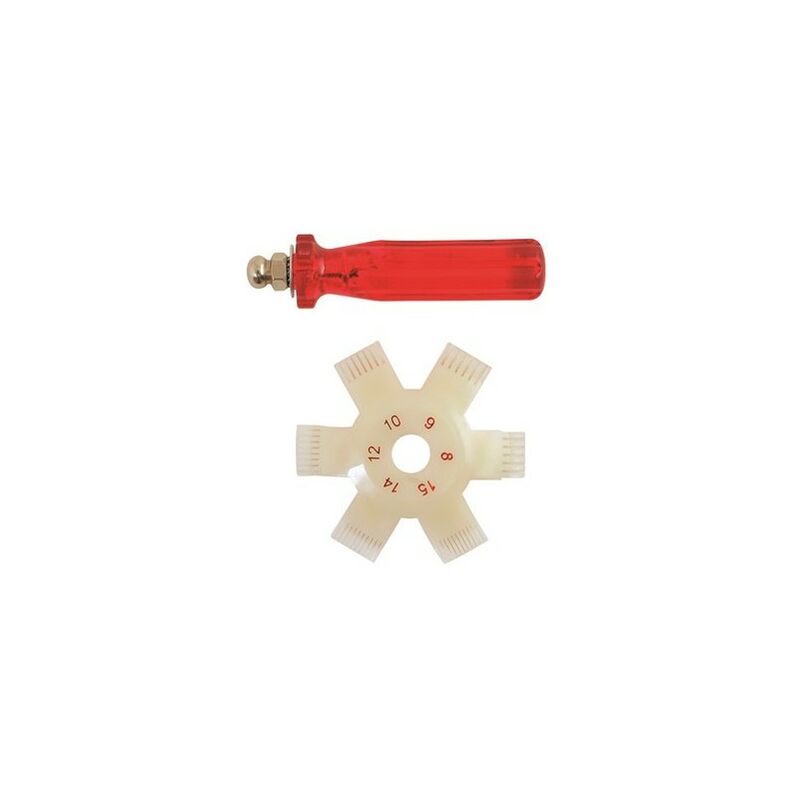Radiators
Radiators are an essential component in a variety of heating systems, offering a practical and efficient means to heat spaces. This category encompasses a broad array of radiators, each designed with specific settings and requirements in mind. From traditional cast iron models that exude a classic charm to sleek, contemporary designs that blend seamlessly with modern interiors, there is a radiator to suit every taste and space. Delving into the radiators category, consumers will discover a world of options. Central heating radiators are a staple in homes and buildings, efficiently distributing heat generated from a central boiler. Towel radiators, on the other hand, serve a dual purpose; not only do they warm your space, but they also keep your towels dry and toasty, enhancing the comfort of your bathroom. Design and functionality go hand in hand within this category. Radiators come in varying sizes, outputs, and styles, including vertical or horizontal configurations, allowing for flexibility in placement and catering to the heating requirements of both large and small spaces. Energy efficiency is another critical aspect; with the advent of advanced technologies, modern radiators are designed to minimise energy consumption while maximising heat output, supporting greener living. In exploring radiators, one will appreciate the attention to detail in the design and manufacturing of these essential heating solutions. Whether upgrading an old radiator for a more efficient model or selecting a radiator as a statement piece that complements your decor, the variety ensures there’s a perfect match for every need and aesthetic preference.























Frequently Asked Questions (FAQ)
Cleaning a radiator is actually a lot easier than you might think. All you need are a few basic tools and a bit of patience to get the job done. First, you should turn off the power to the radiator, then unscrew the top and remove it. Next, you should use a vacuum cleaner to remove any dust and debris from the radiator. You can also use a damp cloth to wipe down the sides of the radiator and make sure it's free of any dirt or grime. Once you're done, you can reattach the top and turn the power back on. That's all there is to it! Cleaning a radiator can help improve its efficiency, so it's definitely worth taking the time to do it. With a few simple steps, you can ensure your radiator is working properly and efficiently.
Finding a leak in your radiator can be a frustrating experience, but there's no need to panic. Fortunately, there are a few simple steps you can take to stop the leak and get your radiator back in working order. The first step is to identify the source of the leak. You can use a flashlight to inspect the radiator for any cracks or holes. If the leak is small and localized, you can try using a rubber sealant or epoxy to fill the gap. If the leak is larger, you may need a more permanent solution. Once you've identified the source of the leak, the next step is to make sure the radiator is turned off and drained. You can do this by turning off the valves at the bottom of the radiator. Once it's drained, you can then apply the sealant or epoxy to the affected area. You may need to repeat the process a few times in order to ensure the leak is completely sealed. With a bit of patience and the right supplies, you should be able to fix your leaking radiator in no time.
Painting behind a radiator is actually quite simple, and can make a huge difference in the look of a room. The first step is to remove the radiator from the wall. Use a wrench to unscrew the nuts and bolts that secure it. Once it's off, use a vacuum cleaner to remove any dust and debris from behind. Then, use a putty knife to scrape off any old paint or wallpaper that's stuck to the wall. Now it's time to start painting! If you're using an oil-based paint, apply a coat of primer first. Then, use a roller or brush to apply two coats of paint, making sure to get into all the nooks and crannies. Once the paint is dry, it's time to put the radiator back. Make sure to tighten the nuts and bolts securely, and your job is done! With just a few simple steps, you can now enjoy a refreshed, stylish room!
Bleeding a radiator may seem like a daunting task, but it's not as complicated as it might seem. All you need is a few tools, a bit of know-how, and you'll be able to get your radiator up and running in no time. The first step is to locate the bleed valve. This is usually located at the top of the radiator and is a small, circular valve. Once you've found it, you'll need to use a radiator key to open the valve. Once you open the valve, you'll hear a hissing sound as the air escapes from the radiator. This is normal. Then, you'll need to use a cloth or container to catch any water that may come out. Once all the air has been released, close the valve back up and your radiator should be working properly. Bleeding your radiator is a simple process that can help ensure that your radiator is functioning properly. And with a bit of patience and knowledge, you'll be able to do it yourself!